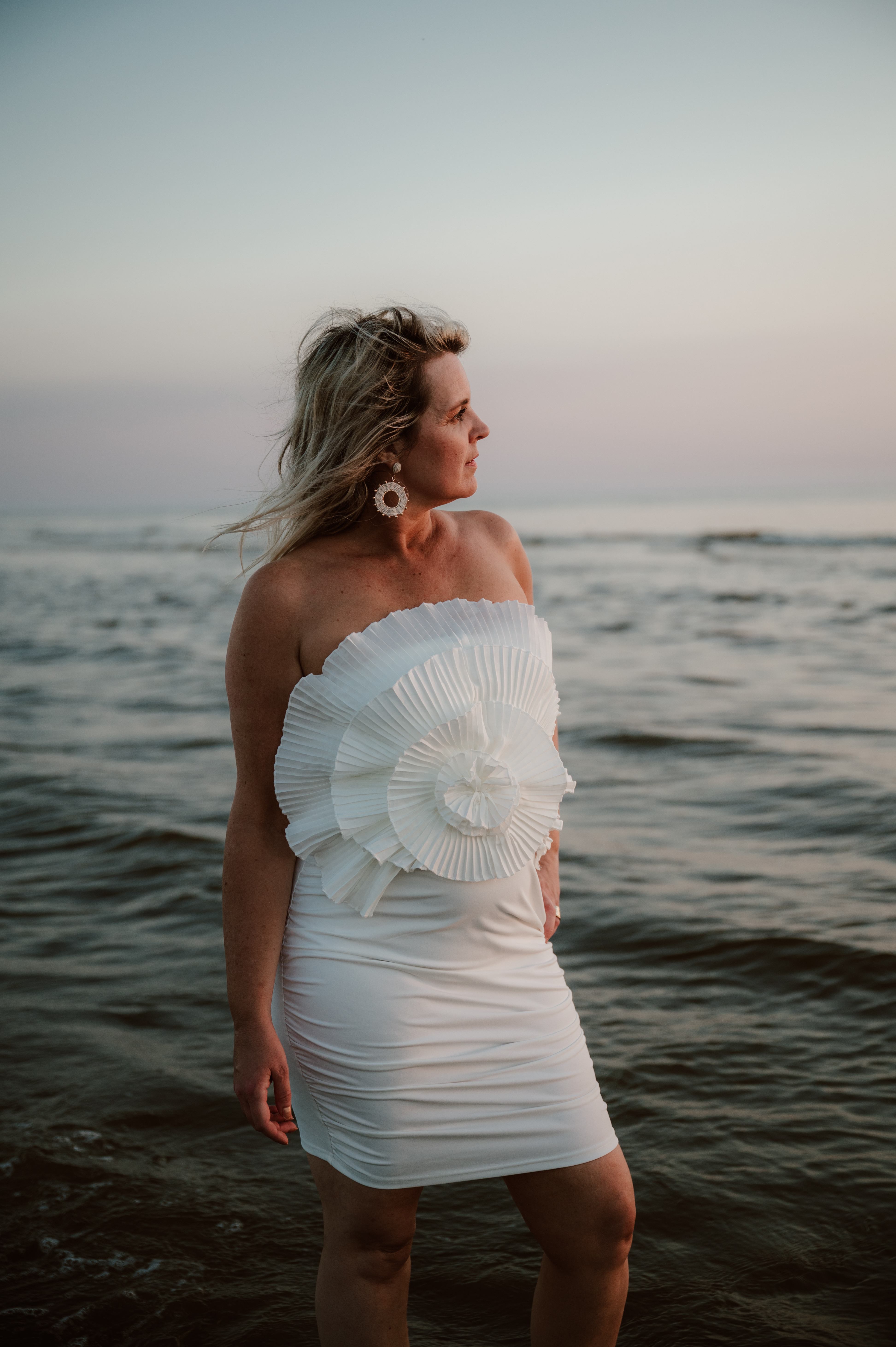If you write about #natuur get lost easily in doom scenarios and bad news. But there are also solutions to turn the tide, I see in my search for how we can make Dutch nature extraordinary again. At a time of crisis, you get in the mood for solutions, I see. Talking about trouble only makes you unhappy. T
I make things worse: there are no ready-made solutions or quick fixes for most of these problems, such as the disappearance of animal and plant species, acidification of the soil or desertification caused by climate change.
They are often slow processes that cause nature to subside. For example, we now find it quite normal that huge surfaces consist of monocultures.
These are fields where one and the same crop is planted. This allows you to produce more and more effectively. A disadvantage: the landscape becomes more susceptible to diseases and external influences such as dryness or extreme wind. But that's been a process of centuries, I discovered when I wrote about land consolidation.
It's all efficient, we produce more food in the Netherlands than we can eat, but find a red butterfly on the farmland, that nature has had to arrange extremely, that you don't just turn back. But the fact that there is no direct way out does not mean that there are no hopeful prospects.
I started in January with the question: “How do we make our nature extraordinary again?” It was a question that eventually led to a search for the opposite: 'How do we return to nature as normal and normal as possible? '
During that search I spoke to ecologists, scientists, entrepreneurs and farmers. None of them denied the problems, but most of them had also thought about solutions for more nature, a healthier farmland and how to break existing patterns. Some solutions are still in their infancy, others have already proven themselves.
Here are your recommended items...
Here are your milestones...
Choose a gift to support your favorite creator.
Send appreciation in cash choosing your own custom amount to support the creator.
CustomFeature the author on the homepage for a minimum of 1 day.
$15Send a power-up (Heart Magnet, View Magnet, etc.).
Starting from €2Boost the user's post to reach a custom amount of views guaranteed.
Starting from €5Gift a subscription of any plan to the user.
Starting from €5Send cheers to Hans with a custom tip and make their day
More hearts on posts (24 hours)
€22x Stars for 1 hour
€2Reward the user for their content creation by encouraging to make more posts. They receive extra rewards per heart.
€5More views on posts (48 hours)
€10Level up with one level
€10The campaign will be active until the end date, but your selected goals will be achieved within the delivery timeframe you selected.
Standard duration is 5 days, but you can extend it up to 30 days.
Start your 14-day free trial now to publish your sponsored content. Cancel anytime.

An error has occured. Please contact the Yoors Team.
An error has occurred. Please try again later

